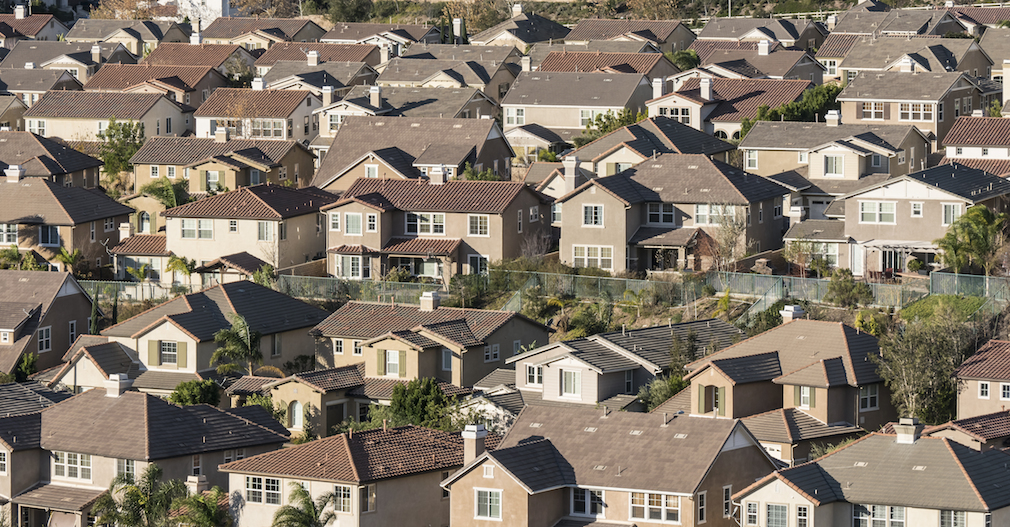According to research from National Association of Realtors, second quarter home prices soared to an all-time high.
The national median existing single-family home price in Q2 was $269,000, up 5.3% year-over-year and surpassing last year’s Q2 as the new peak.
This rise in prices stems from abysmal supply numbers and crippled the spring home buying season, causing total existing-home sales to fall 1.7% despite lots of demand for homes in a strong economy.
"Solid economic growth, a healthy labor market and the large millennial population should be driving home sales much higher," NAR Chief Economist Lawrence Yun said in a statement.
"As long as economic conditions maintain current levels, there's still a chance for sales to break out this year. However, with mortgage rates trending higher, it will only happen if supply levels improve enough to cool the speedy price growth in a majority of the country."
Available homes rose 0.5% YoY from 1.94 million available homes to 1.95 million available homes in Q2 this year.
Affordability continues to worsen as home prices and mortgage rates continue to climb faster than wages.
The national family median income rose to $75,106 in the second quarter, but overall affordability decreased from a year ago because of the aforementioned housing market conditions. To purchase a home, a buyer making a 5% down payment would need an income of $64,239. A 10% down payment would require an income of $60,858, and a down payment of 20% would require an income of $54,096.
"The unaffordable conditions in many of the largest metro areas – especially in the West – continues to be a growing concern for many middle-class households aspiring to buy a home," Yun said.
"Homebuilders, facing higher costs and labor shortages, are simply not producing enough affordable homes to satisfy demand. Local governments need to acknowledge this glaring issue and ease some of the zoning laws, permitting processes and regulations that are slowing construction," he added.
The conditions have created high barriers to homeownership in the U.S., and as of yet it looks like nothing is going change for the foreseeable future.





